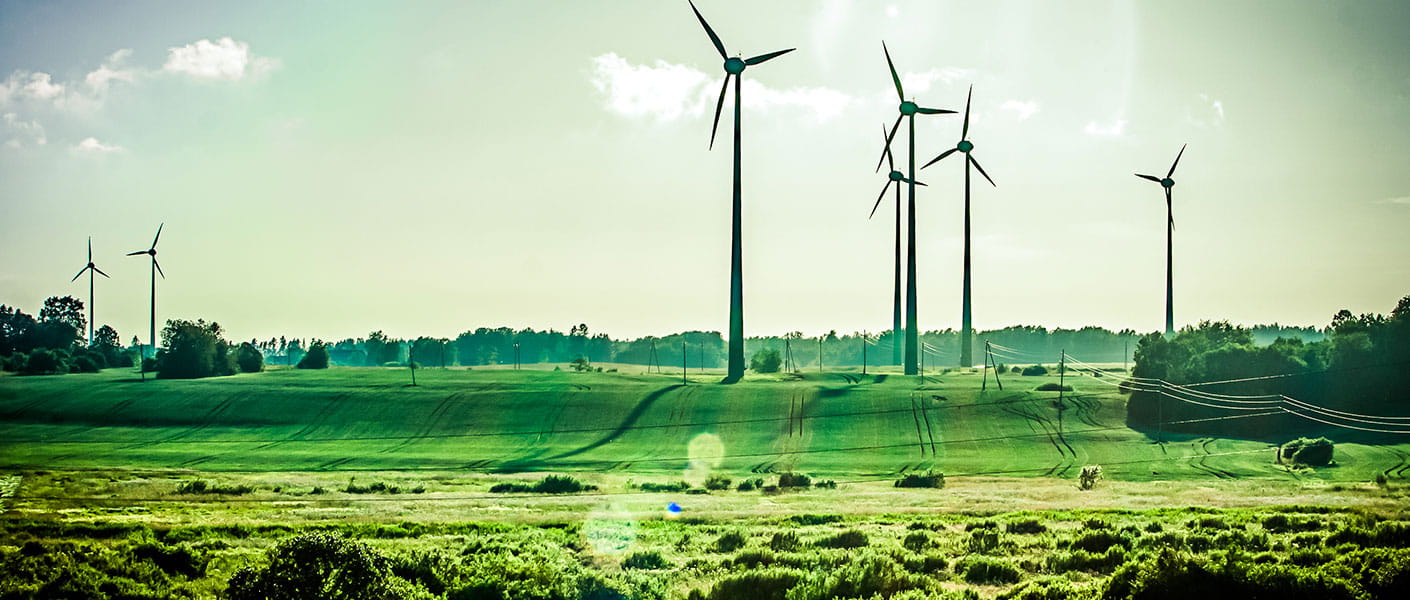PRISM Podcast Series
Interviewer: Anthony Holt
Transcript:
Anthony
I'm with Eoghan Quinn, a Senior Associate in New Energy with Advisian to discuss his thoughts on green hydrogen.
Eoghan, thanks for joining us.
Eoghan
Thanks for having me.
Anthony
There’s a lot of talk about renewable sources of energy and we hear hydrogen mentioned too, why is that a good alternative energy source?
Eoghan
Today’s industry has a huge thirst for hydrogen, and the so-called gas reformation process is used to satisfy about 95% of this demand.
However, the problem with this method is it releases CO2. Research has therefore focused on finding new, more environmentally-friendly methods of production, like water electrolysis.
Anthony
So what is green hydrogen?
Eoghan
Green hydrogen is defined as hydrogen that has been produced using energy from renewable sources, or is net carbon zero energy through carbon capture or emissions offsets.
In recent months, there has been a global push for the production of green hydrogen as a result in the dropping price of renewable energy sources, along with the initiative from the gas sector to decarbonise.
Anthony
So in your opinion, why should we consider green hydrogen?
Eoghan
Very good question. I think it falls under five key areas.
The first is electrolysis for grid support. This utilisation option uses a collection of electrolyser units that have been aggregated together as electricity loads to provide ancillary services to network operators through frequency regulation, voltage control, ramp up, ramp down services.
The second is the integration of renewable energy sources. So as an alternative to battery storage systems, hydrogen can be used as an alternative and intermediate energy storage solution, where surplus energy can be converted into hydrogen via electrolysis and stored for later conversion back into electricity.
The third is mobility. Fuel cell electric vehicles are an active area of development and commercialisation in the automotive sector. Using high-purity compressed hydrogen as the fuel source in a fuel cell, these vehicles can generate electric energy to create mobility with zero carbon exhaust emissions, and water being the only by product. With an internal combustion engine, the noise is obviously extremely lower than a conventional vehicle, while the refueling time can only take up to three to five minutes.
The fourth is renewable energy export. This is quite interesting. Although a number of countries throughout the world have an abundance of renewable energy available, many do not have wind, solar, hydro, biomass, and perhaps as technology develops, wave and tidal sources, to provide their own energy needs. So for some nations, interconnection of electricity and natural gas pipelines provide opportunities to import renewable energy in the future. This can be achieved in a number of ways. One project that we just completed assessed the potential of exporting green hydrogen via ammonia.
The fifth is in relation to natural gas replacement. So with minor modifications to the network hydrogen can actually be injected in at low concentrations. At this moment 2-8% in the existing gas pipelines and their infrastructure in order to supply end use and gas customers. The energy value of hydrogen effectively lowers the greenhouse gas emissions per unit of energy supplied. When hydrogen is combusted no CO2 is released. So with updated gas networks, up to 100% hydrogen can be supplied to local and export customers although modifications to consuming equipment will also be required in the long run.
Anthony
Eoghan, thanks again for your time.
Eoghan
No worries.

